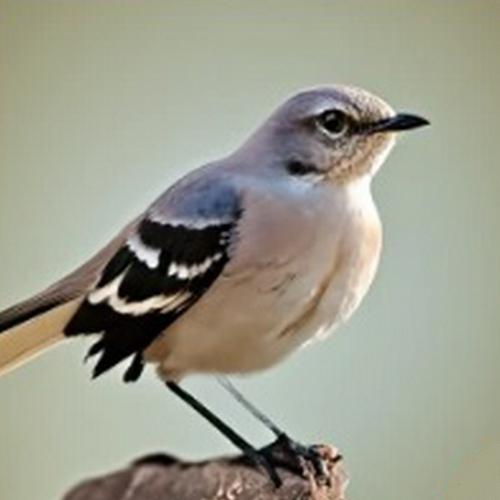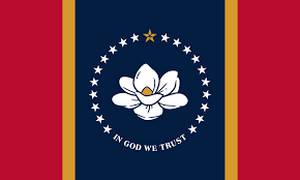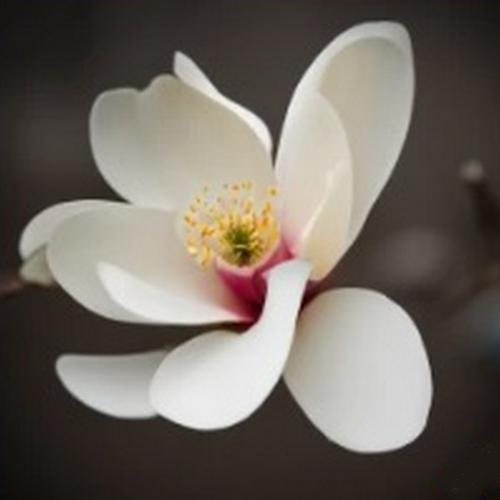What is the Northern Mockingbird?
The Northern Mockingbird (Mimus polyglottos) is a remarkable bird known for its diverse repertoire of songs. This species is often heard mimicking the calls of other birds, hence its name. They can imitate over 200 different sounds, from other bird species to mechanical noises. The Northern Mockingbird is the official state bird of Mississippi, cherished for its melodious tunes and its role in the region's culture. With a distinct appearance characterized by gray plumage and white wing patches, these birds are a common sight throughout North America, making them a beloved symbol of wildlife diversity.
Physical Characteristics
The Mississippi's state bird, is known for its distinctive physical characteristics. These birds measure about 9-11 inches (23-28 cm) in length, with a wingspan of roughly 12-15 inches (30-38 cm). Their plumage is predominantly gray, but what truly sets them apart are their stark white undersides and striking white patches on their wings, which become evident during flight. Their slender bills and long, graceful tails make them easily recognizable. Northern Mockingbirds are agile and graceful fliers, and their physical features reflect their adaptability to the Mississippi landscape.
Importance in Mississippi Culture
The symbol of Mississippi, holds great cultural importance. With its beautiful song and vibrant presence, it reflects the state's spirit. Mississippians revere this bird for its remarkable ability to mimic various sounds, which mirrors their rich and diverse heritage. The Northern Mockingbird's inclusion as the state bird in 1944 signifies its significance in Mississippi culture. From literature to folklore, its influence is felt throughout the state. This cherished bird has become a living emblem of Mississippi, evoking a deep sense of pride and connection among its people.



